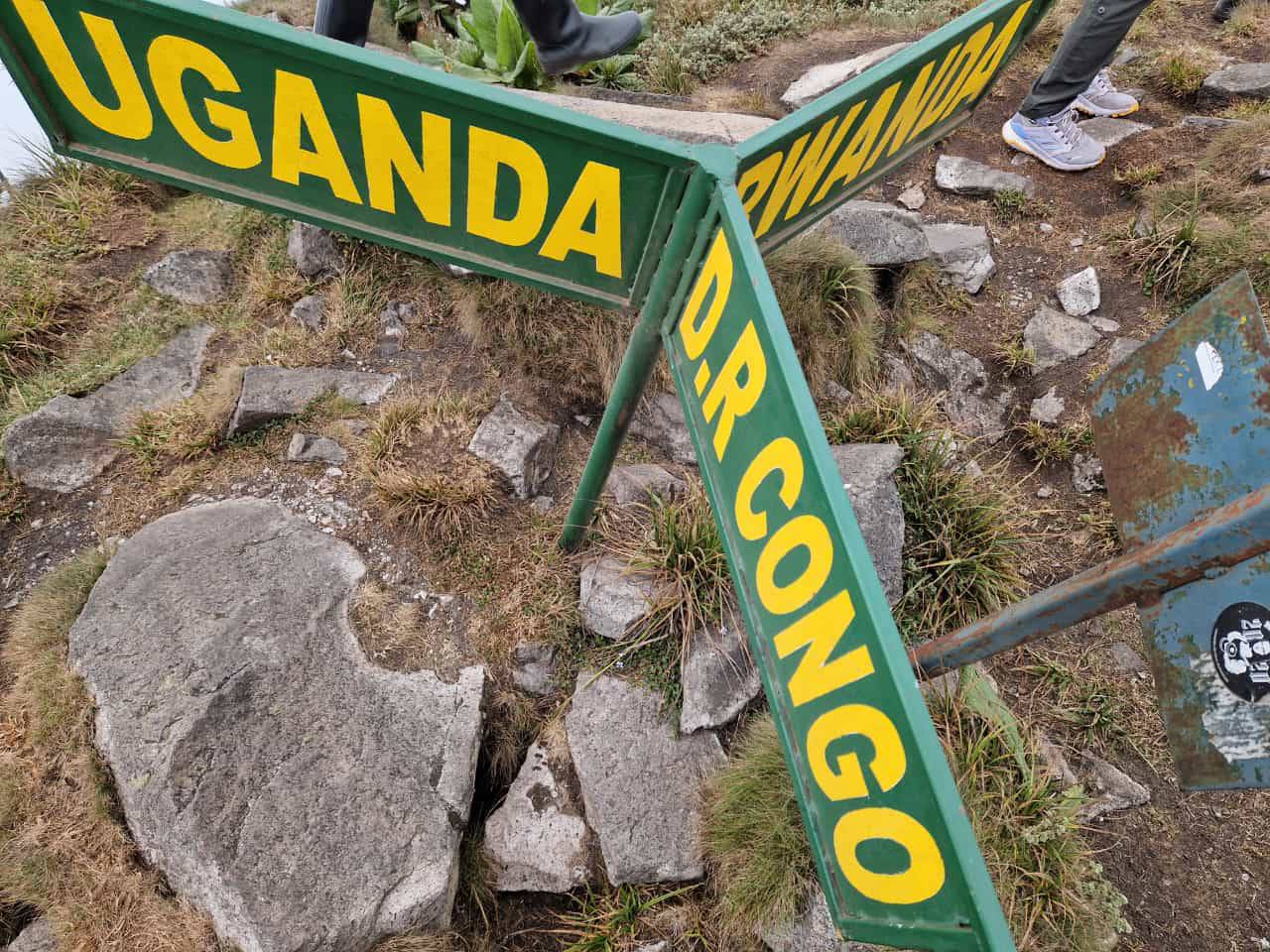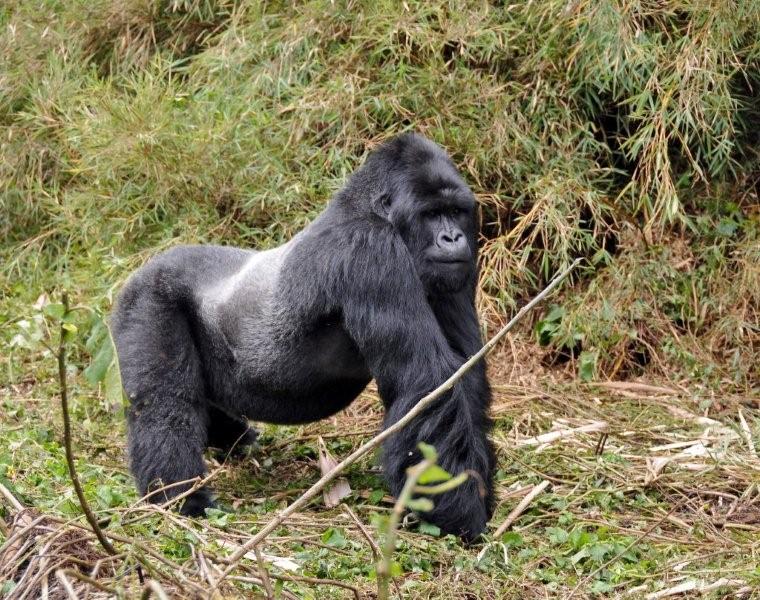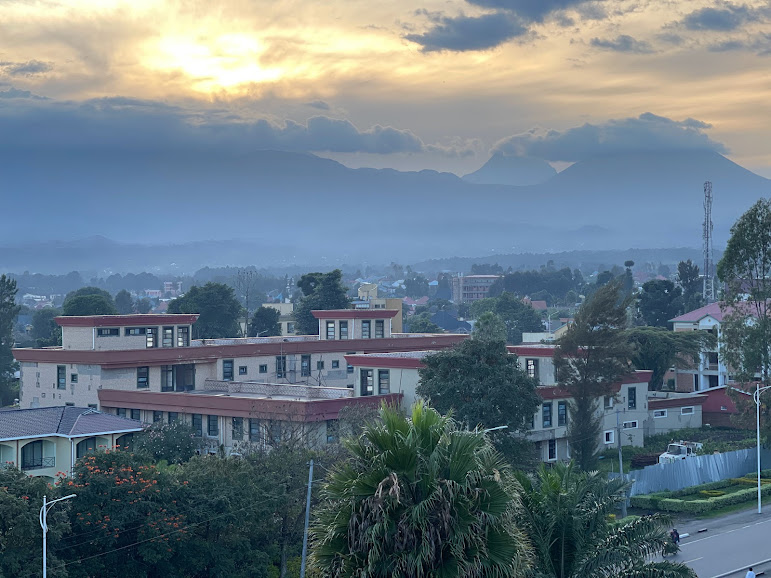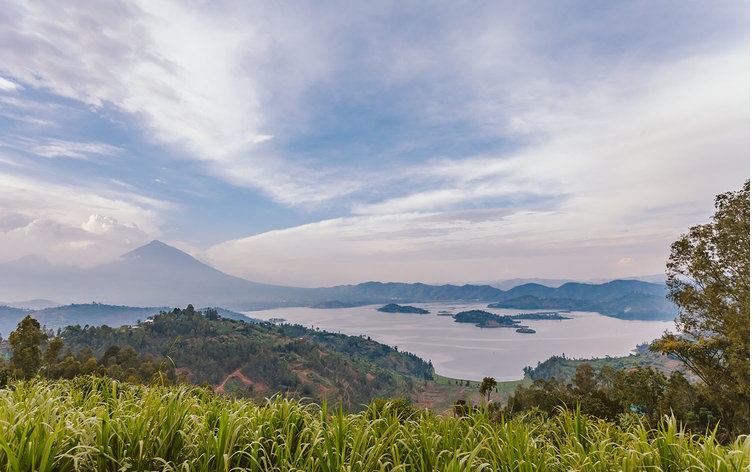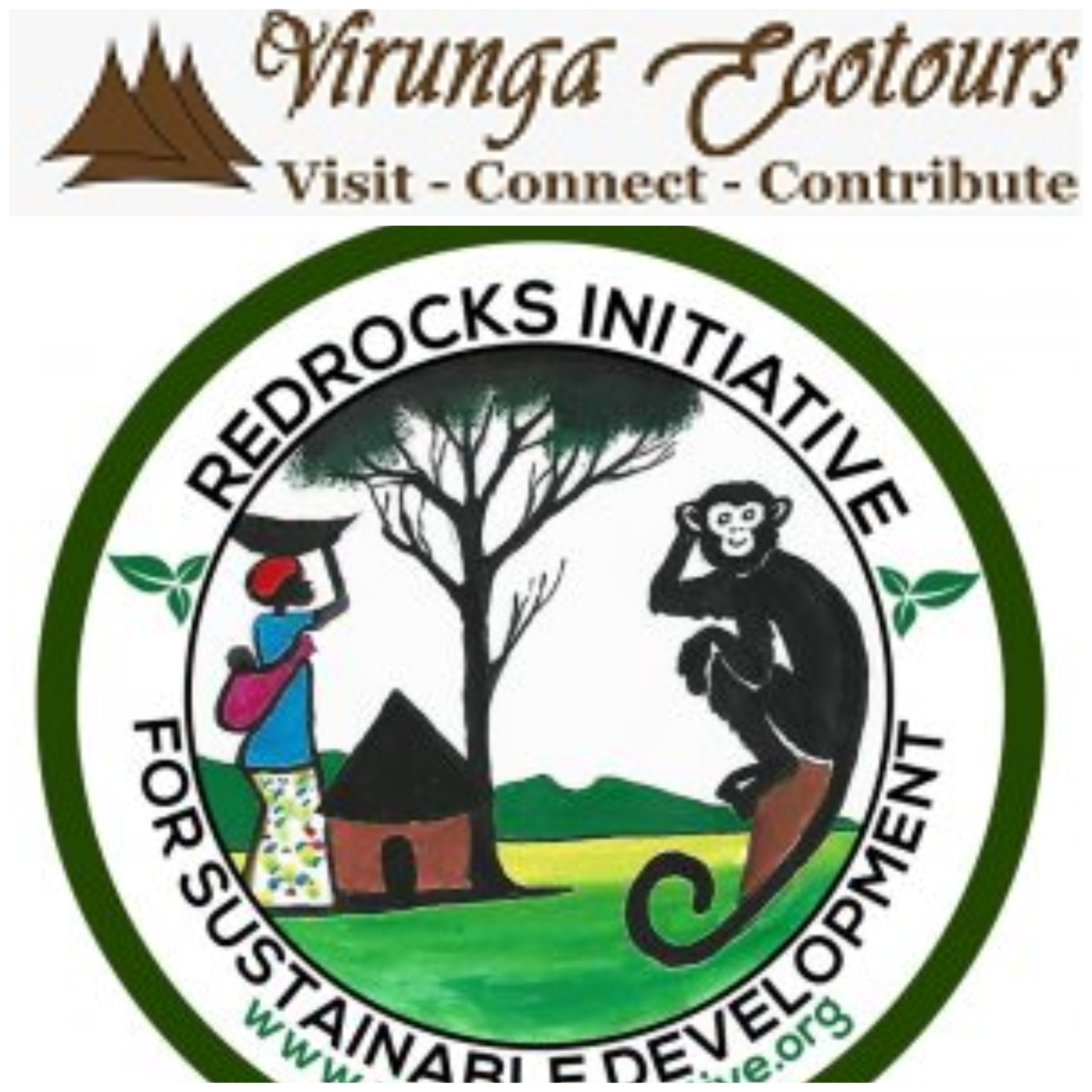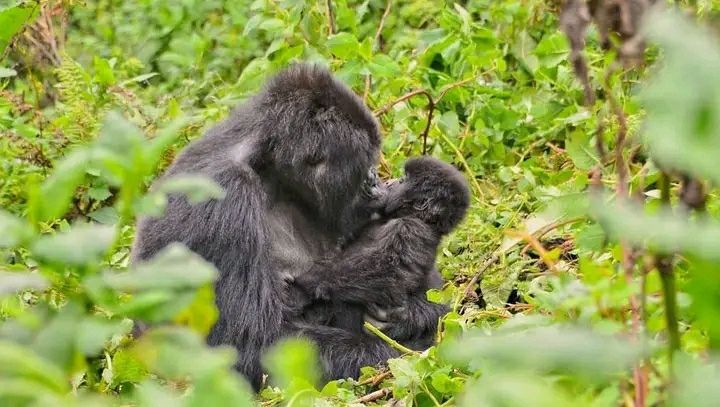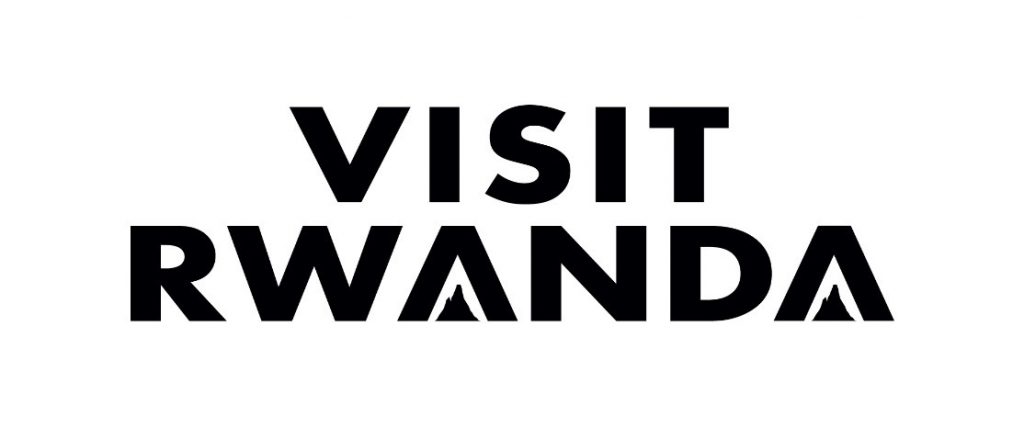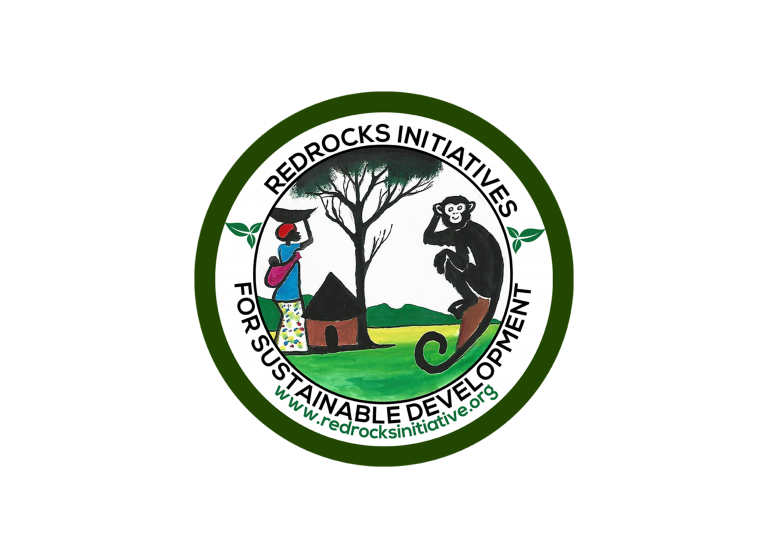The Virunga Massif is a remarkable and relatively
lesser-known region in Africa that is home to a wealth of natural wonders and
unique attributes. Here are some facts about the Virunga Massif that may not be
widely known:
1.Location:
The Virunga Massif is located in the border region of three African countries:
Rwanda, Uganda, and the Democratic Republic of Congo (DRC). It is situated in
the Albertine Rift, a branch of the East African Rift System.
2.Biodiversity
Hotspot: This region is considered one of the most
biologically diverse areas on the planet. It is home to a stunning variety of
wildlife, including endangered mountain gorillas, which are found nowhere else
in the world.
3.Mountain
Gorillas: The Virunga Massif is one of the few places on
Earth where you can find mountain gorillas in the wild. Conservation efforts
have been vital in protecting and preserving their habitat. Dian Fossey, the
renowned primatologist, conducted her groundbreaking research on mountain
gorillas in this region.
4.Volcanic
Landscape: The Virunga Massif is dominated by a chain of
eight major volcanoes. Some of the prominent peaks include Mount Karisimbi and
Mount Nyiragongo. These volcanoes not only contribute to the region's
breathtaking scenery but also pose a continuous threat due to their potential
for eruptions.
5.Nyiragongo's
Lava Lake: Mount Nyiragongo is particularly famous for its
persistent lava lake. It's one of the very few in the world and creates a
mesmerizing and eerie sight for those who visit. The lava lake is known for its
unpredictability, making it both a natural wonder and a potential hazard.
6.Unique
Climate: The Virunga Massif's high altitudes and varied
topography create a unique climate. This region experiences significant
temperature variations, from chilly nights to hot days. Rainfall is abundant,
contributing to the lush and vibrant vegetation.
7.Cultural
Diversity: The region is not only rich in natural diversity
but also in cultural diversity. It is home to a variety of ethnic groups, each
with its own traditions and languages. This cultural mosaic adds depth to the
area's heritage.
8.Conservation
Efforts: Conservation organizations, governments, and
local communities have worked tirelessly to protect the Virunga Massif's unique
ecosystems. This includes anti-poaching initiatives, sustainable tourism, and
efforts to improve the livelihoods of local communities while conserving their
environment.
9.Challenges
and Threats: Despite conservation efforts, the
Virunga Massif faces numerous challenges, including poaching, habitat
destruction, and political instability in the surrounding countries. The
ongoing conflict in the DRC has posed significant challenges to
conservationists and wildlife protection.
10.Tourism
Opportunities: While the Virunga Massif presents
challenges, it also offers exceptional tourism opportunities. Visitors can
embark on guided treks to see mountain gorillas, hike the volcanic peaks, and
explore the stunning landscapes. Tourism revenue has played a crucial role in
funding conservation efforts.
11.Scientific
Exploration: The region continues to be a focal
point for scientific research. Scientists study the geology, biodiversity, and
climate of the Virunga Massif, contributing to our understanding of these
critical areas of study.
In summary, the Virunga Massif is a hidden gem in
Africa, boasting extraordinary natural beauty, a diverse range of wildlife, and
cultural richness. While it faces many challenges, the ongoing efforts to
protect and conserve this unique ecosystem are essential for its preservation
and for the benefit of future generations.
Love what you read? Kindly contact us at
+250784513435 or info@virungaecotours.com
and let us plan a trip in this region together.
Read More
The Virunga Massif is a remarkable and relatively
lesser-known region in Africa that is home to a wealth of natural wonders and
unique attributes. Here are some facts about the Virunga Massif that may not be
widely known:
1.Location:
The Virunga Massif is located in the border region of three African countries:
Rwanda, Uganda, and the Democratic Republic of Congo (DRC). It is situated in
the Albertine Rift, a branch of the East African Rift System.
2.Biodiversity
Hotspot: This region is considered one of the most
biologically diverse areas on the planet. It is home to a stunning variety of
wildlife, including endangered mountain gorillas, which are found nowhere else
in the world.
3.Mountain
Gorillas: The Virunga Massif is one of the few places on
Earth where you can find mountain gorillas in the wild. Conservation efforts
have been vital in protecting and preserving their habitat. Dian Fossey, the
renowned primatologist, conducted her groundbreaking research on mountain
gorillas in this region.
4.Volcanic
Landscape: The Virunga Massif is dominated by a chain of
eight major volcanoes. Some of the prominent peaks include Mount Karisimbi and
Mount Nyiragongo. These volcanoes not only contribute to the region's
breathtaking scenery but also pose a continuous threat due to their potential
for eruptions.
5.Nyiragongo's
Lava Lake: Mount Nyiragongo is particularly famous for its
persistent lava lake. It's one of the very few in the world and creates a
mesmerizing and eerie sight for those who visit. The lava lake is known for its
unpredictability, making it both a natural wonder and a potential hazard.
6.Unique
Climate: The Virunga Massif's high altitudes and varied
topography create a unique climate. This region experiences significant
temperature variations, from chilly nights to hot days. Rainfall is abundant,
contributing to the lush and vibrant vegetation.
7.Cultural
Diversity: The region is not only rich in natural diversity
but also in cultural diversity. It is home to a variety of ethnic groups, each
with its own traditions and languages. This cultural mosaic adds depth to the
area's heritage.
8.Conservation
Efforts: Conservation organizations, governments, and
local communities have worked tirelessly to protect the Virunga Massif's unique
ecosystems. This includes anti-poaching initiatives, sustainable tourism, and
efforts to improve the livelihoods of local communities while conserving their
environment.
9.Challenges
and Threats: Despite conservation efforts, the
Virunga Massif faces numerous challenges, including poaching, habitat
destruction, and political instability in the surrounding countries. The
ongoing conflict in the DRC has posed significant challenges to
conservationists and wildlife protection.
10.Tourism
Opportunities: While the Virunga Massif presents
challenges, it also offers exceptional tourism opportunities. Visitors can
embark on guided treks to see mountain gorillas, hike the volcanic peaks, and
explore the stunning landscapes. Tourism revenue has played a crucial role in
funding conservation efforts.
11.Scientific
Exploration: The region continues to be a focal
point for scientific research. Scientists study the geology, biodiversity, and
climate of the Virunga Massif, contributing to our understanding of these
critical areas of study.
In summary, the Virunga Massif is a hidden gem in
Africa, boasting extraordinary natural beauty, a diverse range of wildlife, and
cultural richness. While it faces many challenges, the ongoing efforts to
protect and conserve this unique ecosystem are essential for its preservation
and for the benefit of future generations.
Love what you read? Kindly contact us at
+250784513435 or info@virungaecotours.com
and let us plan a trip in this region together.

